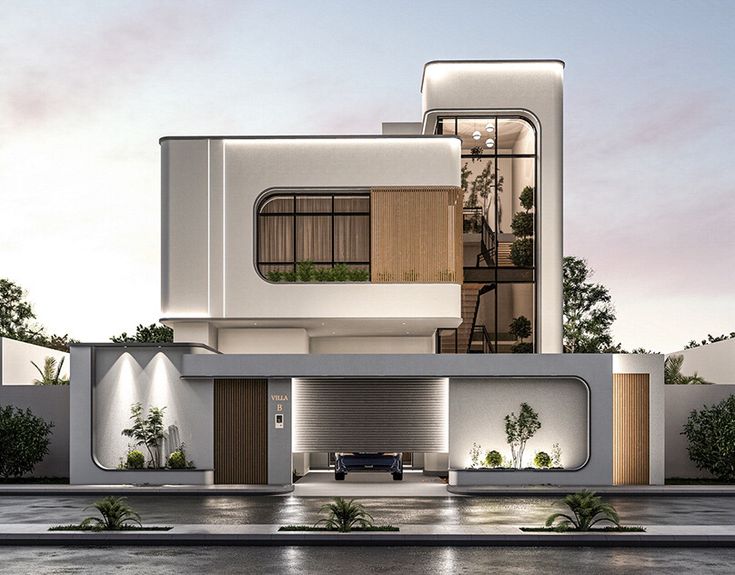Creating a beautiful and functional front elevation is essential for any home, as it represents the first impression of your property. However, there are several key factors to consider before diving into the design phase. Failing to address these factors can lead to higher costs and frequent maintenance. This blog covers the essential elements to keep in mind, helping you achieve an aesthetically pleasing, cost-effective, and low-maintenance elevation.
1. Plan the Front Elevation During Initial Stages
Before beginning the front elevation, it’s crucial to include it in the early planning stages. This ensures that the elevation aligns well with the building’s structure, including slab and wall placements. Once the walls are up, it becomes challenging to adjust the elevation design, potentially leading to extra expenses and compromises in aesthetics.
2. Work with a Designer for Customized Plans
Hiring a professional designer during the planning phase is beneficial. They can guide you on how to balance your ideas with structural needs. If you decide on an elevation design after construction has started, you may need costly adjustments that disrupt the layout. Early involvement from a designer helps prevent these issues.
3. Choose Materials Carefully for Reduced Maintenance
Materials like tiles, MDF screens, or terracotta add visual interest, but ensure they are installed correctly to withstand weather elements. For instance, if you use perforated screens on the balcony, make sure they are well-sealed to prevent rainwater from entering. Also, avoid light-colored tiles in areas prone to dust, as they require frequent cleaning.
4. Avoid Excessive Use of Dark Colors
While dark colors may seem appealing, they often show dust, watermarks, and dirt more prominently. Opt for a balanced color palette using neutral and pastel shades like greys, beige, or white to maintain a fresh look for longer.
5. Focus on Proportion and Scale
Every house has a unique structure, and proportions matter. Windows, balconies, and decorative elements should be carefully measured to fit the scale of your building. A designer can help determine the correct dimensions to avoid elements that look either oversized or undersized.
6. Use Lighting Thoughtfully
Lighting plays a vital role in how the elevation appears at night. Subtle lighting, such as warm wall washers or profile lights, can enhance the elevation without overwhelming the look. Avoid over-lighting, which can make the elevation look cluttered.
7. Coordinate the Gate Design with the Elevation
The entrance gate should complement the overall elevation theme. A mismatched gate disrupts the harmony of the design. Opt for materials like aluminum or metal that can be painted or finished to match the elevation, offering a cohesive and polished look.
8. Avoid Overcrowding with Decorative Items
Less is more when it comes to elevation décor. Limit the use of balcony plants, decorative railings, and other items to maintain a clean, organized appearance. Too many decorative elements can create a cluttered look, making the elevation appear overwhelming.

